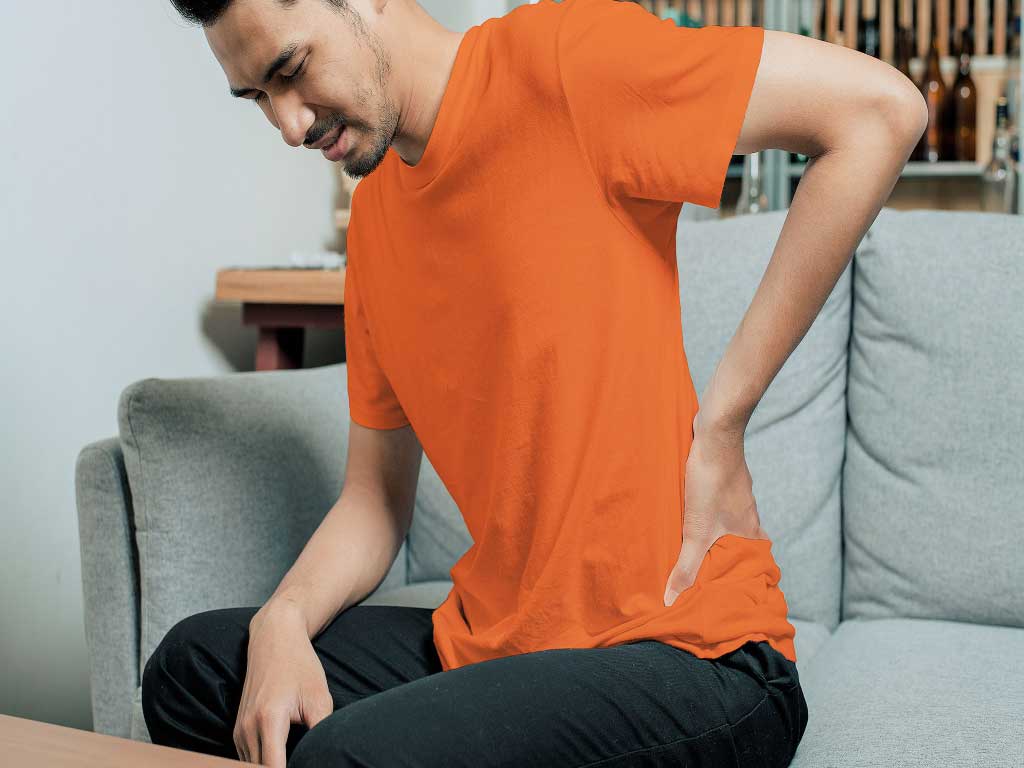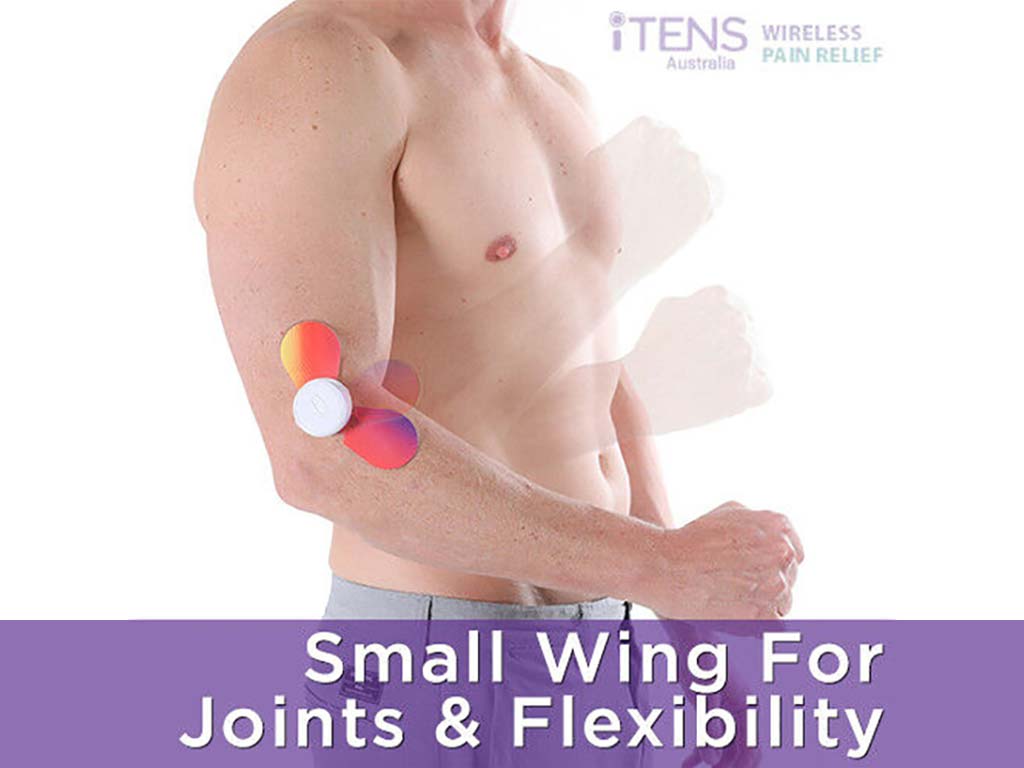
A pain relief patch is a small, adhesive pain relief product applied to the skin to alleviate conditions. Medicated or transdermal patches often contain active ingredients that function to reduce ailments and promote well-being. Accordingly, they work by delivering medication directly to the affected area through the skin. When it is applied, the active components are gradually absorbed into the skin and then into the bloodstream. This targets ailment receptors. However, there are risks of skin irritation.
Dealing with acute and chronic pain can be a daily struggle. Pain affects the quality of life and overall well-being. Traditional pain management methods, such as oral medications, may not always provide the desired relief and may come with severe side effects. As a result, individuals are constantly seeking alternative solutions, one of which is the pain patch. This article will present about the patch, including how it works, the different types of patches, and the risk factors.
What Is a Pain Relief Patch and How Does It Work?
A pain relief patch is a specialised medical adhesive that delivers pain-relieving medication through the skin. They provide localised treatment for conditions such as joint pain, neck pain, knee pain, sore muscles, nerve pain, foot pain, and diabetic neuropathy. Additionally, it can address minor aches and persistent pain.
The patches contain medication that is gradually absorbed through the skin, targeting the specific area of ailment. When a person applies the relief patch to the skin, the medication within the patch is released and permeates. As a result, it enters the bloodstream. This allows the medication to directly reach the treatment area and exert pain-relieving effects.
Upon absorption through the skin, the medication travels through the bloodstream to the treatment site. This provides effective relief and promotes blood flow in the area. The gradual and consistent delivery rate of medication by the patch ensures up to hours of pain relief without the need for frequent reapplication or taking of medications for pain.
Active Ingredients in Patches
The following are the common active ingredients in a relief patch:
- Lidocaine – is a local anesthetic and topical analgesic. It operates by blocking the transmission of pain signals along nerves. This effectively numbs the area and reduces ache sensations. Also, it provides targeted relief for the specific location of the patch.
- Capsaicin – it comes from chilli peppers and functions by depleting a neurotransmitter called Substance P. By reducing the levels of Substance P, capsaicin can help to decrease the intensity of the ache.
- Nonsteroidal Anti-Inflammatory Drugs (NSAIDs) – some patches contain NSAIDs. These medications decrease inflammation, which can subsequently alleviate ailments.

Different Types of Pain Relief Patches
There are various types of pain relief patches to address different types of discomfort. One common variety is the fentanyl transdermal patches. These patches deliver medication through the skin and into the bloodstream. They are often useful for systematic relief, such as in the case of opioid patches for chronic pain management.
Another type is the medicated patches. These patches have specific medications, such as lidocaine or NSAIDs. The medication is gradually released from the patch for the skin to absorb. Heat patches are also common. It works by generating heat in the skin. The heat helps to increase blood flow to the treatment area, which can help soothe muscle aches.
Moreover, cool patches contain ingredients that create a cooling sensation. They can help reduce inflammation and relieve minor sprains, strains, and muscle soreness. Also, there are patches with herbal ingredients. They contain natural ingredients, such as menthol, eucalyptus, or anica. These components are known for their soothing and anti-inflammatory properties.
Which Type Is the Most Effective?
Different types of patches offer various benefits. Each type provides effectiveness for different conditions. The transdermal patches can provide long-lasting systemic relief. On the other hand, medicated patches containing lidocaine or NSAIDs can effectively target the area of the ailment. Heat patches can soothe muscle aches while cooling patches are useful for reducing inflammation.
Furthermore, herbal patches containing natural components are sought after due to their soothing properties. Hence, efficacy varies based on the health condition and preferences. Consulting a health professional or pain management expert is advisable to determine the most effective option for managing ailments.

Risk Factors When Using Pain Relief Patches
When using pain relief patches, it is important to consider several risk factors. One of the potential risks is skin irritation or allergic reaction to the adhesive or active ingredient in the patch. Individuals with sensitive skin or a history of allergic reactions must be cautious when using the patches. They should monitor the skin for any signs of irritation upon use.
Another risk factor is the potential for misuse or overuse of the patches. This includes wearing multiple patches simultaneously or leaving a patch on for longer than the advisable duration. Overuse can lead to excessive absorption of medication or active ingredients. This increases the risk of adverse effects and potential harm to the user.
Using the patches on broken skin or open wounds can also pose risks. Skin cuts can enhance the absorption of the active components. This can potentially lead to heightened systemic exposure and risk of side effects. Some individuals may have underlying health conditions. Thus, it is essential to consult with a healthcare professional before using the patches.
Tips and Alternatives for Safety
Before using the patches, it is vital to seek advice from medical practitioners. They can help identify potential adverse interactions between the patches and existing treatments. Adhere to the instructions on how to use a relief patch for safe use, including the placement and the duration of use. Also, people should avoid misusing the patches by wearing them simultaneously.
In some cases, alternative pain management methods may be more suitable for people. This may include exercises, physical therapy, or electrotherapy. Electrotherapy like Transcutaneous Electrical Nerve Stimulation (TENS) or Electrical Muscle Stimulation (EMS) is a safe option.
Conclusion
In conclusion, a pain relief patch is a product that offers a solution for individuals experiencing ailments. Whether it is muscle soreness, joint discomfort, foot pain, or any other type of pain, this patch aims to provide relief. The patch is designed to be applied directly to the affected area, allowing the active ingredients to penetrate the skin and target the source of the pain. There are different types of patches, such as transdermal, medicated, heat, cool, and herbal patches.
Accordingly, these patches have common ingredients like lidocaine, capsaicin, and NSAIDs. Nevertheless, it is crucial to know the risk factors of these products. This may include skin irritation or allergic reaction, potential misuse or overuse, and using the patches on open wounds or broken skin. Thus, it is crucial to follow certain tips. Also, there are some treatment alternatives. This includes exercises and therapies like TENS and EMS. iTENS from iTENS Australia offers it with massage functionalities.







